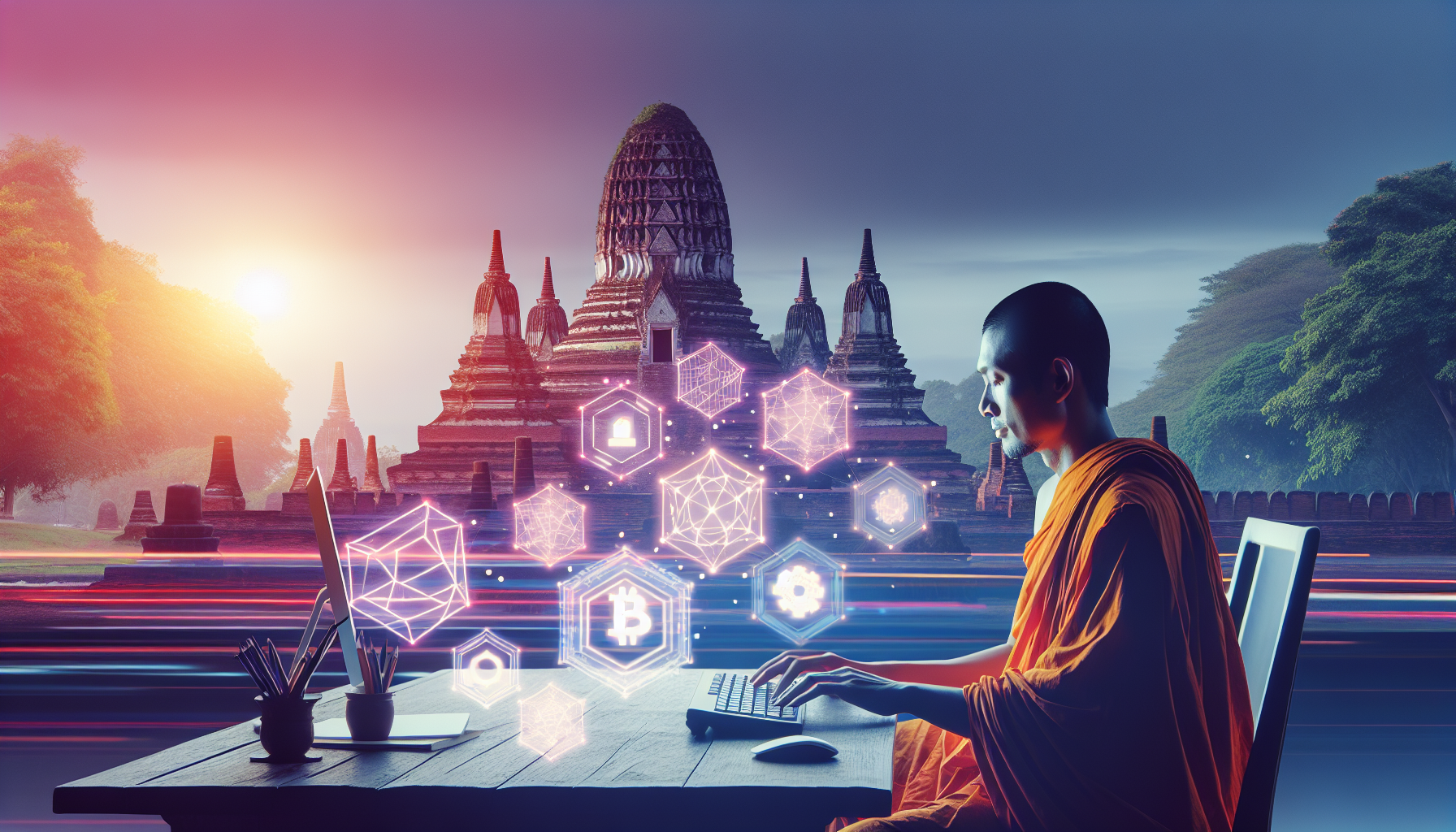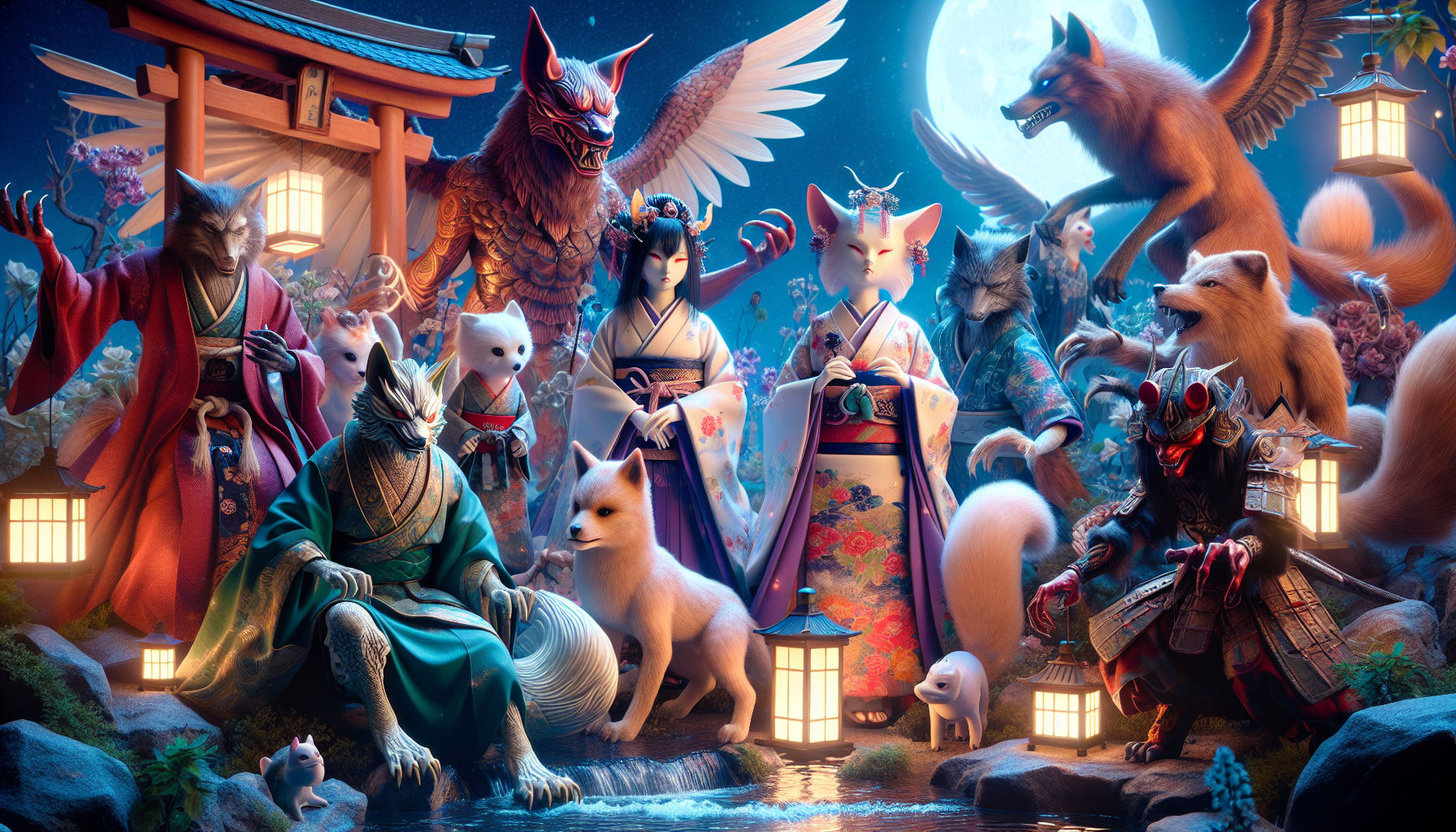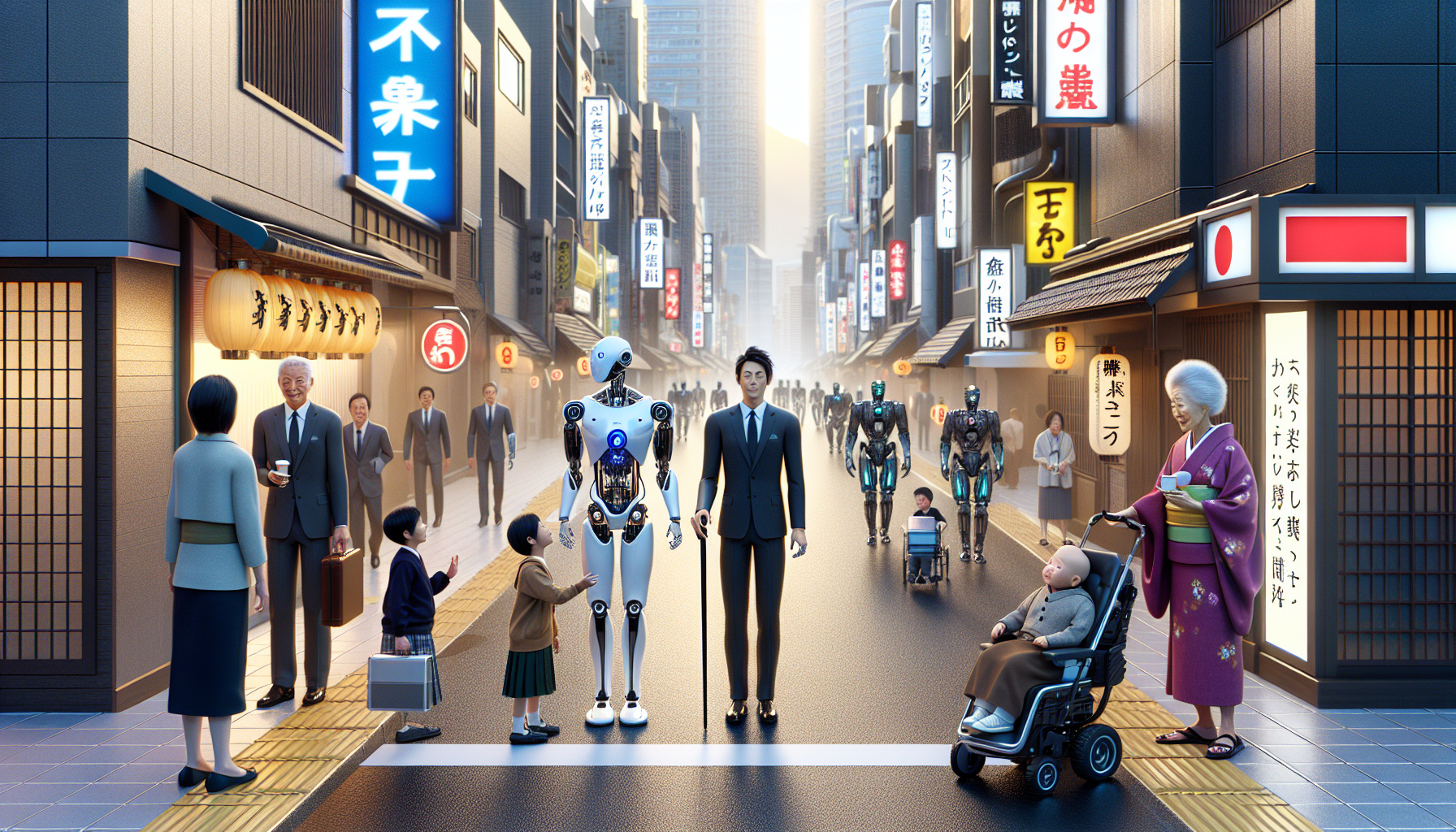Advertisements
Eastern culture has always been marked by its rich tradition and ancient history, but it is now being transformed by the innovative technology of Blockchain. Asia, known for its traditional practices and deep-rooted values, is opening up to the possibilities offered by this revolutionary technology, which promises to bring transparency, security and efficiency to various sectors.
Blockchain is increasingly being adopted in Asian countries such as Japan, South Korea and China, where it is being used to record financial transactions, authenticate luxury goods and even preserve cultural heritage. With its ability to ensure data integrity and eliminate intermediaries, blockchain is helping to preserve and enhance Eastern cultural traditions while also driving innovation and economic development.
This connection between tradition and technology is opening up new opportunities for Eastern culture to reinvent itself and adapt to the challenges of the 21st century. Blockchain is proving itself not only as a technological tool, but also as a means of preserving and strengthening Asian cultural roots, connecting the past to the future in innovative and inspiring ways.
Advertisements
Blockchain and Eastern Culture in Asia
Eastern culture is known for its richness and diversity, dating back thousands of years of tradition. However, in recent years, blockchain technology has played a key role in revolutionizing this culture in Asia.
Preservation of history and tradition
Blockchain has been used to preserve Eastern history and traditions, ensuring the authenticity and integrity of information. Through distributed ledger technology, it is possible to trace the origin of cultural artifacts, works of art, and even spiritual practices, ensuring their authenticity and preservation over time.
- Records of cultural artifacts
- Artwork Tracking
- Preservation of spiritual practices
Modernization of traditional practices
In addition to preserving culture, Blockchain has also been used to modernize traditional practices in Asia. For example, in China, the technology has been applied to trace the origin of traditional foods, ensuring their quality and safety for consumers.
- Traditional food tracking
- Quality assurance and food safety
- Modernization of production processes
Integration of Blockchain Technology into Eastern Culture
The integration of Blockchain technology into Eastern culture has provided greater transparency and trust in transactions and cultural practices. With the assurance of authenticity and security provided by Blockchain, individuals can feel more connected to their cultural and traditional roots.
Advertisements
In short, Blockchain is revolutionizing Eastern culture in Asia, connecting tradition and technology in innovative and impactful ways. Preserving history, modernizing traditional practices, and integrating technology into culture are just some of the benefits that Blockchain has brought to the region.

The evolution of blockchain technology is uniquely shaping the cultural and artistic landscape in Asia, especially in terms of preserving and innovating traditions, as well as opening up new possibilities for cultural and creative expression. Blockchain, known for its security and transparency, has proven to be a powerful tool not only in the financial sector but also in the creative industry, enabling the creation and distribution of works of art in revolutionary ways.
The use of blockchain to ensure the authenticity and ownership of artworks is a clear example of how technology can benefit artists and creators in Asia. Through smart contracts and non-fungible tokens (NFTs), artists have the ability to protect their copyrights, preventing piracy and digital theft of their creations. These mechanisms ensure that artwork maintains its value, allowing artists to sell their works directly to collectors or global audiences without the need for intermediaries such as galleries or auction houses.
Furthermore, blockchain provides a platform for creative collaboration in a way that has never been possible before. Artists, musicians, filmmakers, and other creators can share and collaborate on cultural projects in a decentralized network, where each party’s contributions are clearly documented and rewarded. This promotes transparency and ensures that each contributor receives due recognition for their contribution. This decentralized collaboration model not only transforms the way works are created and distributed, but also fosters greater cultural diversity by connecting artists from different parts of Asia and the world on a global basis.
On a broader level, blockchain is also enabling the digital preservation of cultural and artistic traditions in Asia, a continent rich in historical and cultural heritage. By digitizing and recording artwork, texts, music, and even traditional practices in a secure and immutable network, blockchain becomes an essential tool in ensuring that these cultural expressions are protected from oblivion or destruction. It also creates a new form of accessibility, allowing people around the world, especially in more remote regions, to access these traditions digitally.
Furthermore, with the growing popularity of NFTs and digital art trading, blockchain is ushering in a new era of appreciation for traditional and contemporary art. Artists from Asia, who have traditionally faced challenges in reaching international markets, now have the ability to reach a global audience, expanding their audiences and generating new forms of income. This democratization of art can help preserve traditional art forms, such as Japanese calligraphy, Korean ceramics, or Chinese painting, while also enabling the creation of new forms of digital expression.
The integration of Blockchain into Eastern culture also has the potential to bring different generations and cultures closer together. With the transparency provided by technology, it is possible to see and understand artists’ influences and inspirations more clearly, as well as create a channel of communication between younger generations, who are increasingly digitally connected, and older generations, who keep cultural traditions alive. This favors an enriching cultural exchange, where past and future meet and intertwine harmoniously.
Ultimately, blockchain technology is not only preserving Asia’s cultural heritage, it is also helping to build a more dynamic and inclusive cultural future. By enabling artists and creators from across Asia to share their work and collaborate globally in a secure, transparent and innovative way, blockchain is transforming the way Eastern culture is developed, disseminated and enjoyed around the world. The impact of this technological revolution on Asian culture goes beyond art, fostering greater interconnectivity and the appreciation of cultural diversity in an increasingly digital and globalized world.
Conclusion
In conclusion, Blockchain technology is playing a crucial role in revolutionizing Eastern culture in Asia, connecting tradition and technology in innovative ways. The preservation of history and traditions, the modernization of traditional practices, and the integration of technology into culture are significant benefits that Blockchain has brought to the region. The ability to trace the origin of cultural artifacts, works of art, and traditional foods, ensuring their authenticity and safety, has been instrumental in preserving and enhancing Eastern culture. Furthermore, the transparency and trust provided by Blockchain are bringing individuals closer to their cultural and traditional roots, strengthening the sense of identity and belonging. With Blockchain technology, Eastern culture in Asia is undergoing a positive and lasting transformation, allowing ancient traditions to coexist harmoniously with modernity and innovation. The integration of Blockchain into Eastern culture is opening up new possibilities and opportunities for the region, cementing its place as a cultural and technology hub on the global stage.




